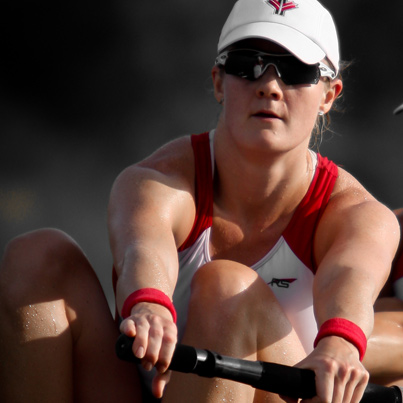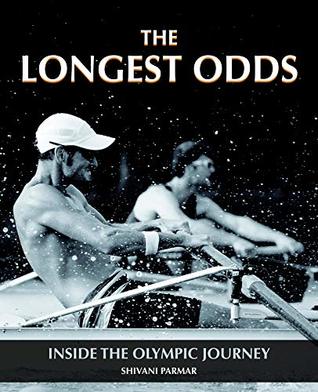What are some ways to improve team dynamics so that it will make a difference on the water? Also, what are some ways for a coxswain to have a really strong bond with their rowers?
Thank you so much!
– Kirsten
Then the group, with coach input, goes about the strategies, and follows the training program to work towards those goals. It’s hard when the goal seems a long way off, months away but you have to train like it’s next week. I always found it easier to have a buddy to be accountable to in training, someone who you can compare erg workouts or weights lifted in the gym, and you help motivate each other during the tough workouts… One of my favourite fellow athlete quotes is from a CAN M8+ rower who said:
“Medals that are won in the summer, are earned in the winter.”
This means that the hard work you do through the winter will pay off as long as you keep pushing your limits, supporting your teammates and not being afraid of either of those things.
Trust is an important part of team dynamics and how you earn it?? Well, you witness your teammates doing amazing things in the gym, on the erg, in group workouts, and when you see your teammates pushing themselves, it is motivating and also builds that trust/bond. Everyone needs to be a leader when it comes to training, which doesn’t mean telling everyone what to do, but is shown through actions and how much you’re willing to give in training, will show you what you’re capable of on the water. Maybe it will be you who takes the first step in initiating that work ethic but it will rub off on the group, if you keep it up and the group is committed to the team goals.
To have a chance at reaching your team goals, there needs to be that accountability to the work involved, and that will build the trust needed to create a strong, supportive environment. It won’t happen overnight but be patient and work with your coach to help you stay on track.
Hope that helps. By the way, all these things with goal-setting and trust-building, also apply to the coxswain as well. I often found that my strongest bonds were with coxies who did some of the workouts with us but also did their own thing… To be demanding of your crew, there needs to be a little distance between you and the rowers, so that when push comes to shove in a race, they will respond to their coxie, who won’t be their best friend at that point.
– Darcy Marquardt
Enjoy reading this? Read the full collection of coxswain tips.
Interested in taking an even deeper look at how national team athletes train and race? Check out The Longest Odds.

Darcy Marquardt
Darcy began rowing during her first year at the University of Victoria. She wanted to try a new sport and so she went to the rowing information meeting. They were cut-throat with their novices back then and required everyone to fill out a sheet with their stats. Everyone under 5’9 was then cut! Luckily, Darcy was 6’0 tall. This led her down a rowing career that has included 3 Olympics, culminating with a silver medal in London in the Canadian Women’s Eight.

The Longest Odds
Go behind the scenes of the Olympic Journey with The Longest Odds, a photo-documentary that goes inside the Beijing and London Olympic journey of the US Olympic rowing team.
This book illustrates what you do not see on television – it’s a raw look at what athletes go through during their years-long journeys much before anything appears on television.
The Longest Odds allows us to see those highs and lows, the conflicts, joy, exhaustion, elation, fear – and most of all, the bonds of friendship being indelibly forged.
More galleries you may be interested in
Ned DelGuercio Shares Tips on Coxing a 2k
Anything that comes through your microphone should be useful information. Thinking out loud can make you a liability to your crew’s performance.
Marcus McElhenney’s Tips for When You’re Behind
Remember the rowers are listening to you and no matter what the situation you can always take a positive tone.
Losing weight as a coxswain
Team USA coxswain Pete Cipollone shares his thoughts on losing weight as a coxswain





